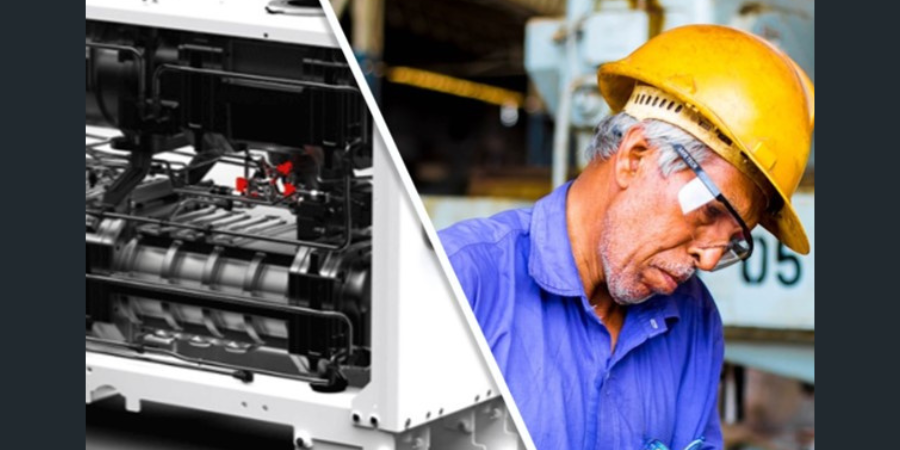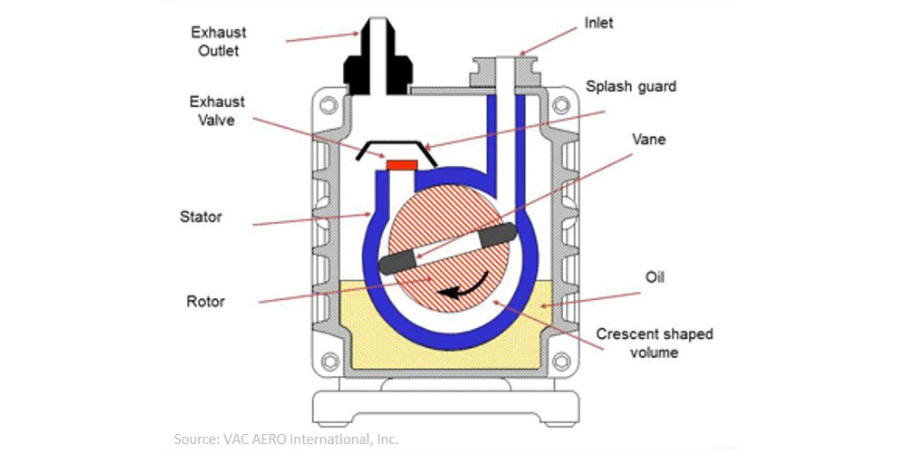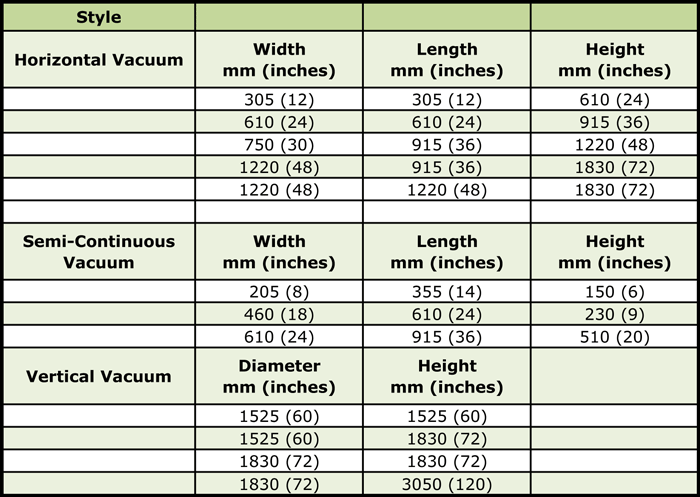Heat Treat Operators: How Well Do You Understand Dry Pumps?
 Source: VAC AERO International Inc.
Source: VAC AERO International Inc.
With the popularity of dry pumps in furnace operations, vacuum furnace operators need to "have a handle" on how to operate them.
In this best of the web feature, the author explains the principles of operation, screw pump design, and various other screw pump characteristics. Learn about the 5 phases of dry pump operation and more in this succinct article.
An excerpt:
"Dry pumps represent a technology that is of interest to many heat treaters as they strive to increase performance and minimize cost and downtime. The advantages of these pumps are comparable to their oil sealed rotary vane cousins, and in certain applications, offer distinct advantages."
Read more at "Dry Pumps: Screw Type"
Heat Treat Operators: How Well Do You Understand Dry Pumps? Read More »















